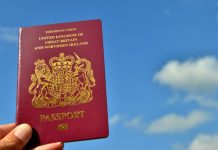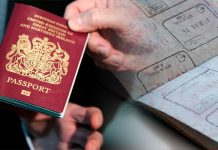Can you turn an apartment or office building into a hotel or condominium?
With the continued development and proliferation of new hotels and condominiums in the face of may unused or underused older pre-existing office and apartment buildings in places like Bangkok and Phuket, some have wondered if it would not be an environmentally wise as well as an economically prudent move for a prospective hotel or condominium developer to consider refurbishing such a pre-existing structure for their purposes. At the same time it seems there is common misconception that such a conversion of a building is not possible under Thai law.
The Building Control Act (1979) (“BCA”) generally regulates the construction and use of buildings in Thailand. Unless the BCA states otherwise, any construction of any building must be permitted by the relevant Local Administrative Office (e.g. Tetsabaan or Or Bor Tor, etc, depending on where you are located in Thailand) that oversees such matters in the area in which the building is located. In order to obtain the building permit, the applicant must, among other things, state the purpose for which the building is intended to be used. Such intended use will then be stated on a building permit; for example, “residence” for any residential villa, “hotel” for any hotel and “condominium” for any condominium, etc.
What if the owner of, say an office or apartment building, decided he could have a much more lucrative asset by changing it into a condominium and sell the units or into an hotel and run it as such? Is that “doable” in Thailand? The answer is a qualified “yes”.
Pursuant to Section 32 of the BCA and the 2009 Ministerial Regulation issued thereunder, any “hotel; condominium; warehouse; hospital; hazardous goods storage room; dormitory or common residential building (e.g. an apartment) that is a “Large Building1”; convention hall or office building having a total floor area of 300 square meters or more; any building used for any commercial purpose and having a total floor area of 300 square meters or more; or any building used for any industrial or educational purpose” is a building subject to control over its use (a “Use Controlled Building”).
In order to change any non-Use Controlled Building to a Use Controlled Building or one type of Use Controlled Building to another type of Use Controlled Building (regardless of whether or not the building is yet to be constructed, under construction or is already completely built) the following steps must be followed:
-
Pursuant to 1985 Ministerial Regulation No. 10 issued under the BCA, certain documents must be submitted to the relevant Local Administrative Office.
-
Pursuant to the BCA, the Local Administrative Office must then either issue a permit to change the purpose of use of the building (a form of which is called “OR. 5”) or deny the issuance thereof and inform the applicant in writing with the reasons for the non-issuance, within 45 days from the date of the application. However, also under the BCA, the local administrative office may extend the deadline for up to two additional 45 day periods for any reasonable cause; if so, the Local Administrative Office is required to notify the applicant in writing of the cause for the extension(s).
It should be noted that any change of purpose of use of a building to a non-controlled use, does not require governmental permission.
1 “Large Building” means a building having a total floor area of more than 2,000 square meters OR a building 15 meters tall or more and having a total floor area of more than 1,000 square meters but not exceeding 2,000 square meters.









